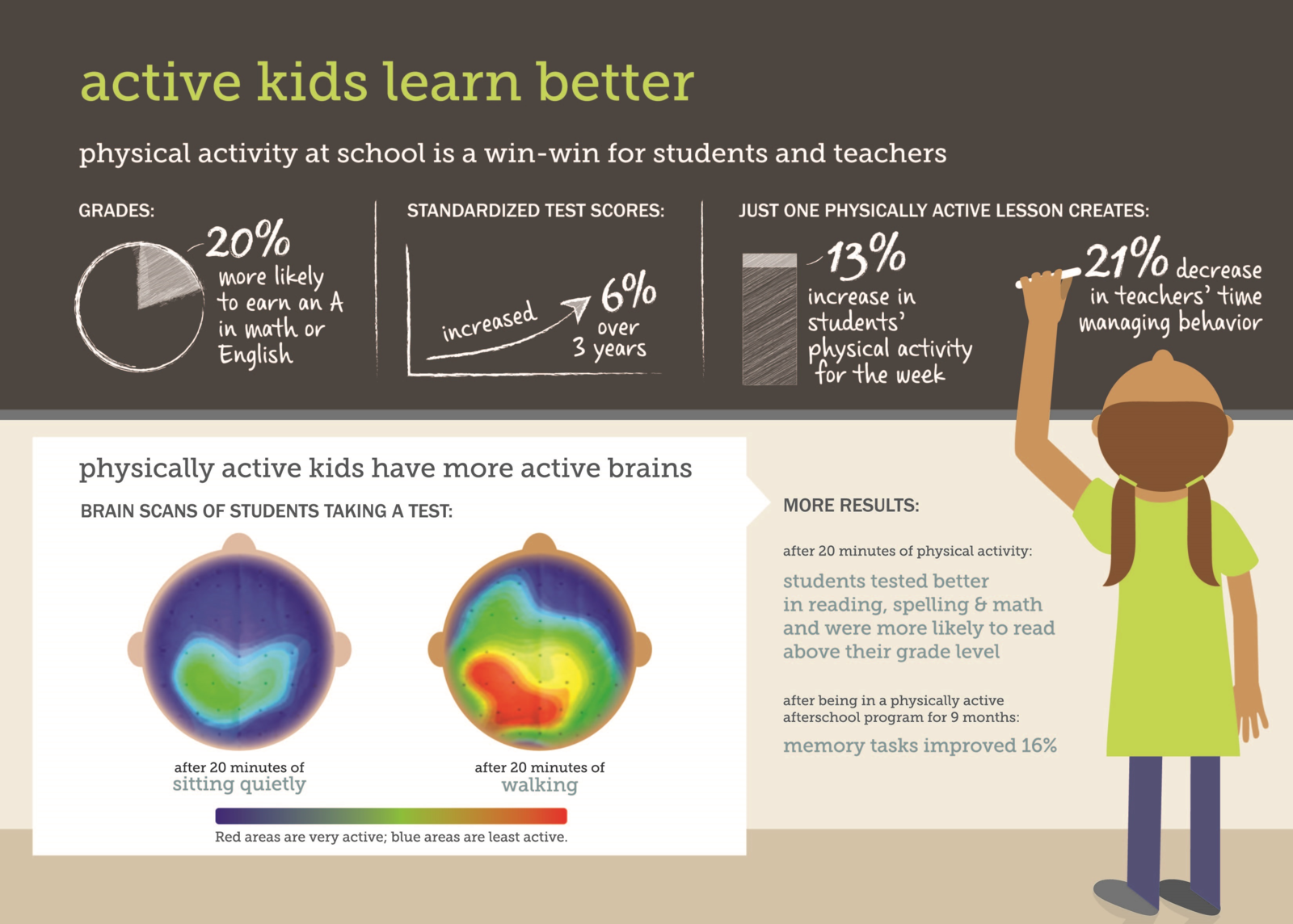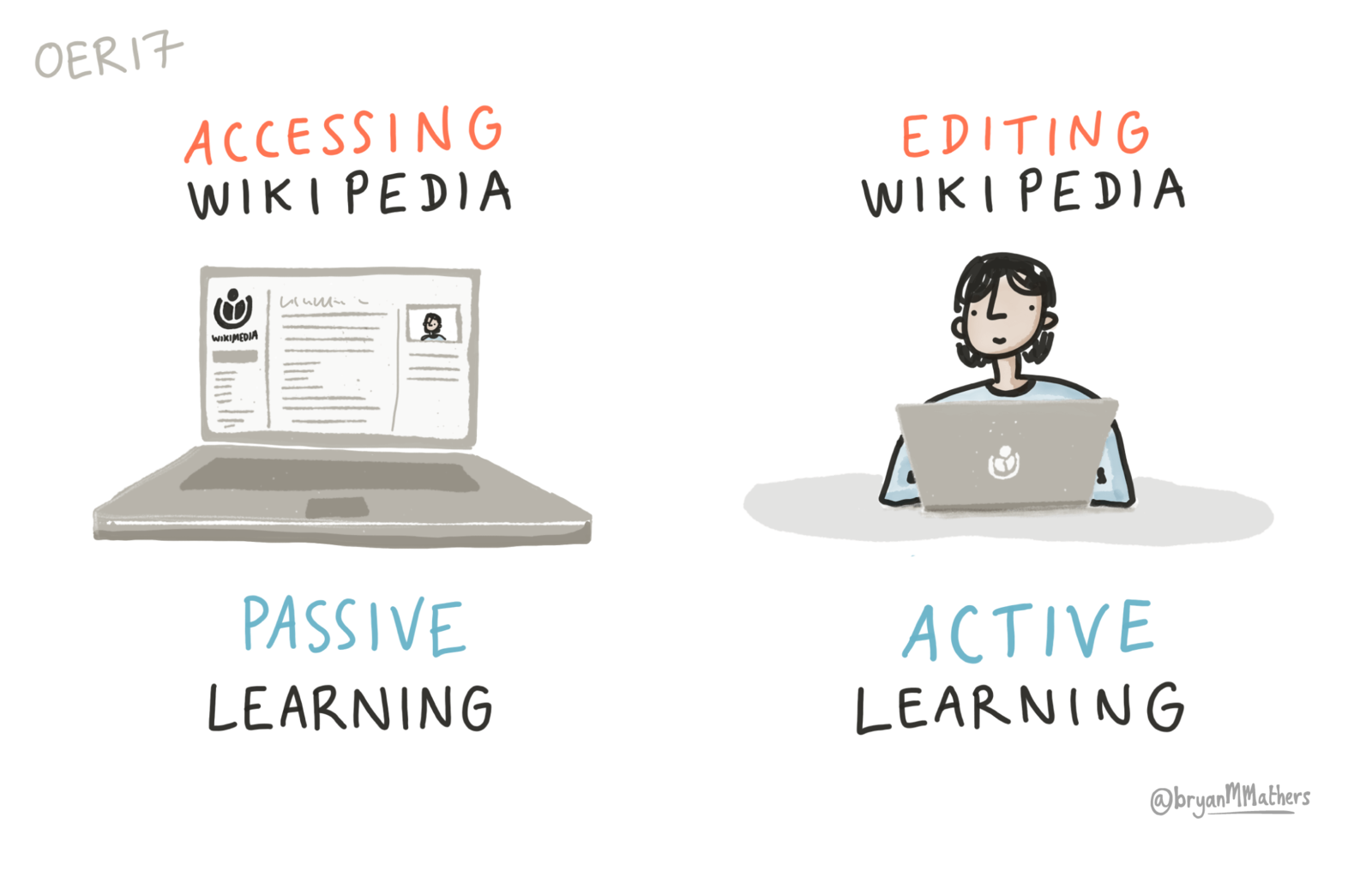Difference Between Active Learning and Passive Learning
Active learning and passive learning are the two styles or methods of acquiring knowledge and skills in the learning process. In the modern era of education, most institutions – from grade schools to universities – advocate active learning as a more effective method, and try to do away or limit passive learning among students. And while the effectiveness of active learning is well documented and proven, the same institutions can’t seem to do away with methods that are traditionally described as passive learning, resulting to some debate as to which is the better method. There are some as well who propose that the two methods complement each other and that the matter is more of where, when and how to apply each particular method.
The difference between the two lies mainly on how information is transferred to the learner from the resource – the resource being the teacher, written materials and/or other resources which have incorporated technological advancements. Other differences involve the methodologies, how learning is achieved and the advantages and disadvantages of each method. These differences between active and passive learning are discussed further in the following.
What is Active Learning?
Active learning is the method that involves students and the environment is one of student-centered learning. Active learning is one of engaged inquiry, where the teacher is not assumed to be a master of the subject but rather plays the role of a co-learner. The student’s role on the other hand, is to be questioning, critical and discriminating, and trusting one’s own judgment.
Divergent thinking, where students develop varying and creative ideas and solutions to a problem, is facilitated by active learning. Learning itself is seen as a conflict of ideas and putting those ideas together – synthesizing them – is what results to new knowledge. Typical teaching methods in active learning are ones where students do more than just listen. The method may be as simple as a discussion, either between teacher and students or facilitated discussions among students. Other methods are more hands-on, ranging from laboratory experiments to role-playing and debates.
Active learning facilitates frequent feedback between teacher and student. This feedback loop provides a gauge to both teacher and student on the extent of learning. It also increases participation and attention in students, stimulating discussion and developing critical thinking in students. However, in the part of the teachers, it becomes difficult to plan for lessons as facilitating active learning requires flexibility and spontaneity. The amount of material and knowledge that can be covered and presented becomes limited because of the constraints of time. There is also potential for distractions among students when they are not monitored properly.
What is Passive Learning?
Passive learning is the traditional method of learning, and there is very little if any involvement of students. The environment is typically teacher-focused; students only listen to the teacher and internalize what they have heard. Passive learning assumes that the teacher is a master of the subject and that his or her role is to impart knowledge. The student’s role on the other hand is only to receive that knowledge by being passive, trusting and unquestioning.
Convergent thinking, the assumption that there is one correct solution, operates in passive learning. Learning is seen only as a transfer of ideas from teacher to student. The most common methods in passive learning are lecturing and direct instruction, story-telling and use of analogy.
Passive learning allows for a quick presentation of a variety of information and knowledge. It also gives the teacher more control over the learning environment, and makes the presentation of material organized and more understandable. Passive learning also allows for lecture notes to be planned, replicated and reused by more students. On the other hand, lectures are notoriously boring. Students have a tendency to become disengaged and unmotivated. Passive learning also often results to a superficial understanding of the material. There is minimal feedback and very few opportunities to gauge the amount of learning. Students are also likely to shy away from voicing questions and misunderstanding.
Difference between Active Learning and Passive Learning
Involvement of Students
In active learning, students do not only sit and listen but are highly involved in the learning process while in passive learning, students only listen and internalize.
Focus of the Learning Environment
In active learning, the environment is student-centered while in passive learning, the environment is teacher-centered.
Role of Teachers
In active learning, teachers are facilitators and co-learners whereas in passive learning, they are masters of the subject matter.
Role of Students
The student’s role is to question, discriminate and be critical of the information received while in passive learning, a student is only to receive the information while being trusting and unquestioning.
Type of Thinking Involved
Active learning facilitates divergent thinking while passive learning facilitates convergent thinking.
How Learning is Achieved
In active learning, learning is achieved by synthesizing information received, while in passive learning, learning is achieved by internalizing the information.
Advantages
Active learning allows for frequent feedback, stimulates attention, participation and discussion, and develops critical thinking. Passive learning allows for more information to be presented, gives the teacher more control, and allows for an organized presentation of the topic.
Disadvantages
Active learning does not allow for a well-planned lesson, students may become distracted and the amount of information shared is minimal. Passive learning may become boring, students become disengaged, knowledge gained may be superficial, and there is minimal feedback.
Active Learning vs. Passive Learning
Summary
- Active and passive learning are different methodologies for acquiring knowledge in the learning process.
- Active learning involves the student in the learning process and its methodologies are student-centered while passive learning does not involve the student and is mainly teacher-focused.
- Modern learning institutions commonly advocate for active learning methodologies but the persistence of passive learning methodologies, especially lectures, show the utility and value of passive learning methodologies.
- There are advantages and disadvantages to active and passive learning and each method may be applied accordingly.
- Difference Between Hematoma and Melanoma - February 9, 2023
- Difference Between Bruising and Necrosis - February 8, 2023
- Difference Between Brain Hematoma and Brain Hemorrhage - February 8, 2023
Search DifferenceBetween.net :
4 Comments
Leave a Response
References :
[0]Hahn, Brooke. "How people learn best: Active vs Passive Learning." The Learning Hub. December 10, 2018. https://learninghub.openlearning.com/2018/12/10/how-people-learn-best-active-vs-passive-learning/ (accessed September 8, 2019).
[1]Moeller, Victor J., and Marc V. Moeller. Socratic Seminars and Literature Circles for Middle and High School English. Larchmont, NY: Eye On Education, 2002. Print
[2]Rodriguez, Brittany. "Active learning vs. passive learning: What’s the best way to learn?" Classcraft. September 6, 2018. https://www.classcraft.com/blog/features/active-learning-vs-passive-learning/ (accessed September 8, 2019).
[3]Image credit: https://commons.wikimedia.org/wiki/File:Wikipedia_hd.png
[4]Image credit: https://commons.wikimedia.org/wiki/File:Active_Learning.png




Thanks for the teachings .be blessed
thanks a lot for the exerted effort, I highly recommend these data to all Teachers.
it’s a great work
valuable and richly content .
I enjoyed aolt.
Thank you for helping me reflect.
I didn’t know this website. I loved it!